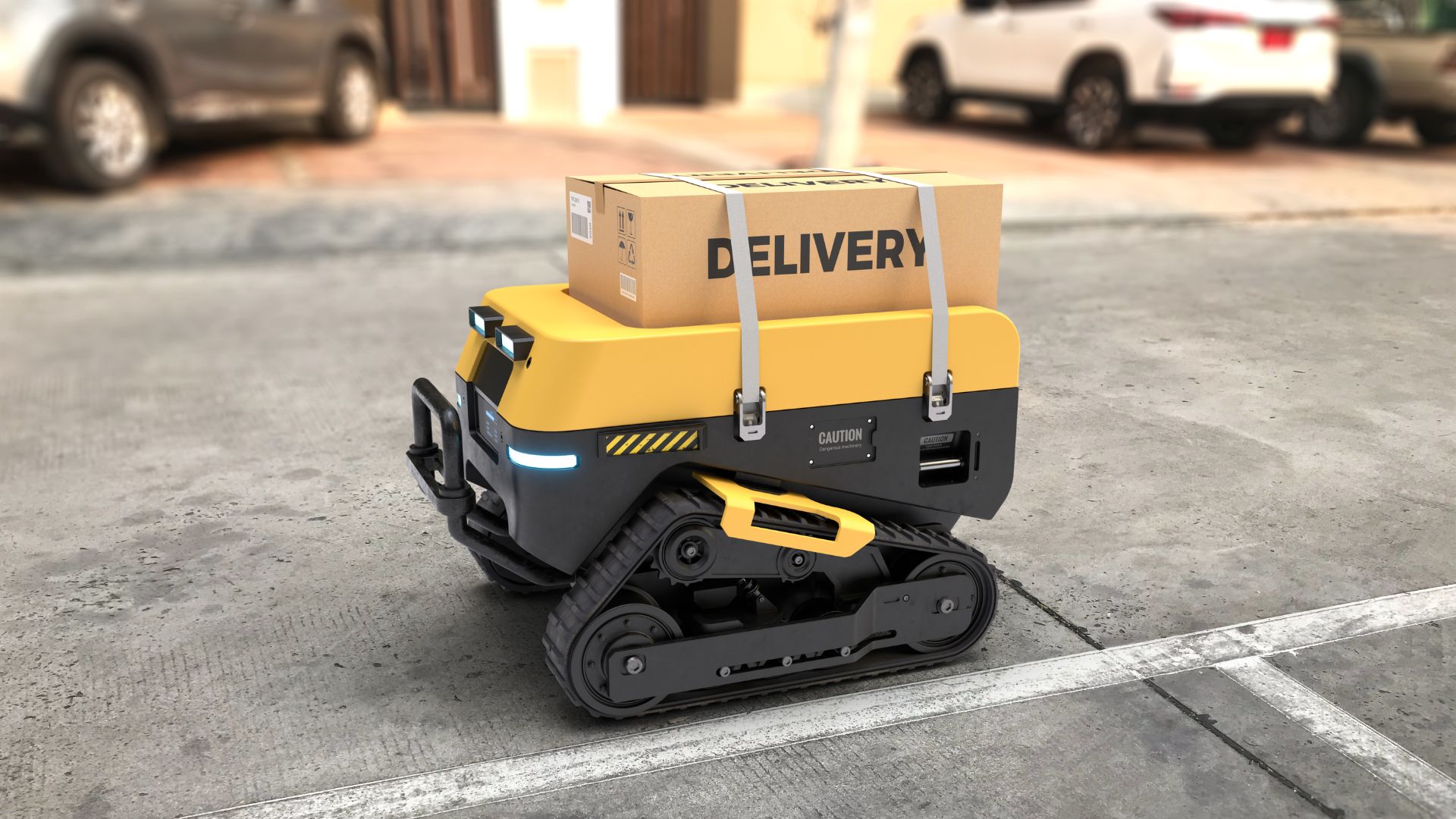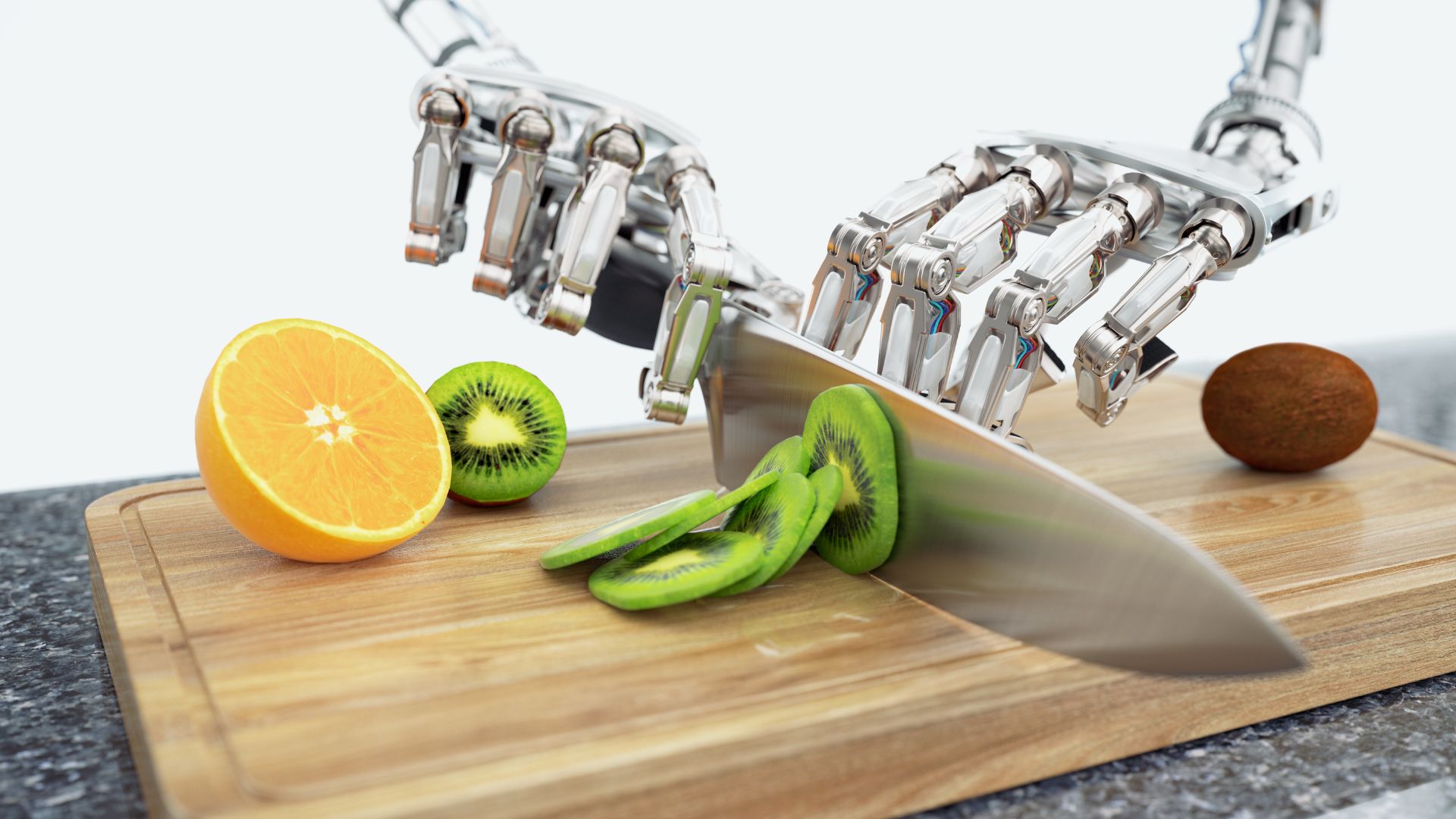Mastering Motion: A Step-by-Step Guide to Programming Robotic Arms

Robotic arms are used in industries ranging from manufacturing to medicine, but they are also popular in hobby robotics. Mastering the motion of a robotic arm requires understanding inverse kinematics, servo control, and precise programming. Whether you are building a robotic arm from scratch or using a kit, proper programming is essential for smooth and accurate movement.

The first step is understanding the different types of robotic arm movements. Most robotic arms have multiple degrees of freedom (DOF), meaning they can rotate and extend in different directions. Each joint is controlled by a servo motor or stepper motor, which needs precise positioning through programming. Calculating angles and motion paths using kinematics equations ensures smooth operation.

To program a robotic arm, you can use Arduino, Raspberry Pi, or specialized robotic controllers. Writing code in Python or C++ allows you to define movements and create sequences for different tasks. Libraries like Inverse Kinematics for Arduino or MoveIt! for ROS help simplify complex movement calculations. By implementing PID controllers, you can refine the precision of the arm’s motion.

Testing and calibration are crucial before putting a robotic arm into action. Run test sequences to check if the motors respond accurately, adjust speed parameters, and fine-tune positioning. Whether you’re programming a robotic arm for pick-and-place tasks, drawing, or even playing a musical instrument, mastering motion control is the key to bringing your robot to life.

Newsletter
Every week, we send out latest useful news. Subscribe and get the free newsletter in your inbox.




